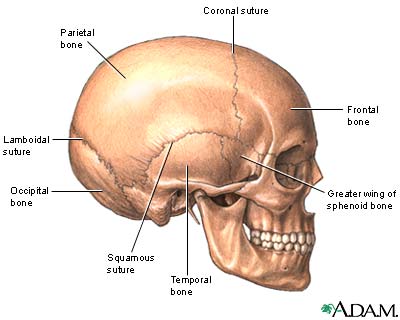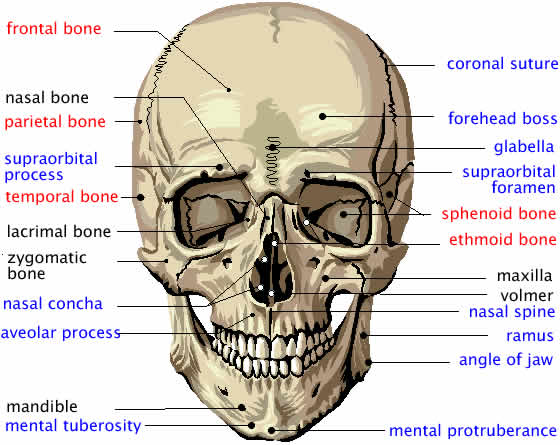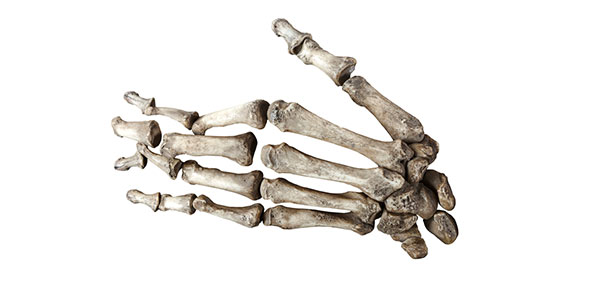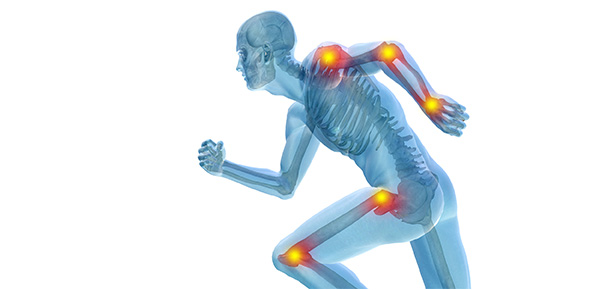Related Flashcards
Related Topics
Cards In This Set
| Front | Back |
|
Cranium consists of ___ Bones
|
 eight bones, 2 parietal, 2 temporal, frontal, occipital, sphenoid, ethmoid. eight bones, 2 parietal, 2 temporal, frontal, occipital, sphenoid, ethmoid. |
|
The skull has __ bones
|
 14- 2 maxilla, 2 zygomatic, 2 lacrimal, vomer, 2 inferior nasal conchae, mandible, 2 palantine, 2 nasal |
|
____ bones directly contact the brain and the meninges. Facial bones do not.
|
Cranial
|
|
Human adult has ___ bones; a human baby has over 300, because everything is not fused.
|
206
|
|
Axial skeleton consists of Skull, vertebral column, and ____
|
Sternum
|
|
The anterior, middle, and posterior fossae are regions of the ____ _____ of the cranium.
|
Ventral floor
|
|
The occipital condyles are located ____ to the foramen magnum form the articulation between the OCCIPITAL BONE and the ____
|
Lateral; atlas
|
|
The Temporal bone contains the styloid process, External Acoustic Meatus, and ____ ____
|
Mastoid process
|
|
The sella turcica is a saddle-like structure found on the ____ bone
|
Sphenoid
|
|
What imporatant structure is located in the Hypophyseal fossa of the sella turcica in a living person?
|
Pituitary gland
|
|
The perpendicular plate of the ethmoid bone forms the superior portion of the ____ ____
|
Nasal Septum
|
|
What structure would be found associated with the Cribiform Plate in a living person?
|
Olfactory Nerve
|
|
The nasal conchae are also known as the ___ ____.
|
Nasal turbinates
|
|
Frontal, Maxilla, sphenoid, Ethmoid bones contain _____ sinuses.
|
Paranasal
|
|
The Masseter muscle inserts on the ___ of the _____.
|
Angle, mandible
|







